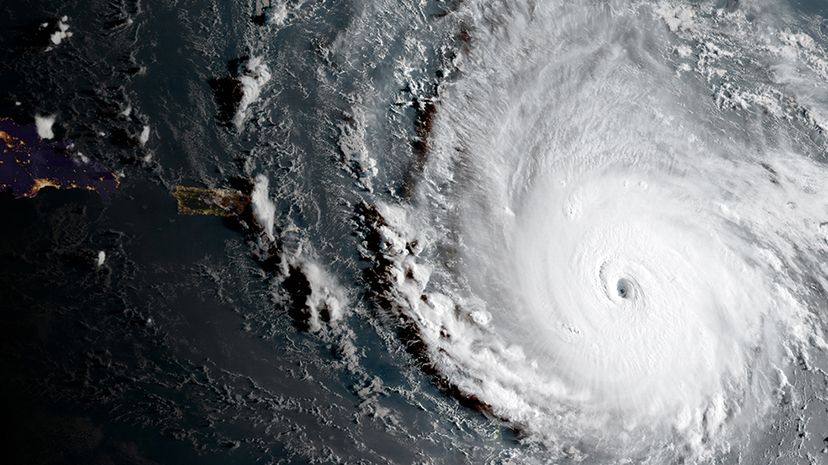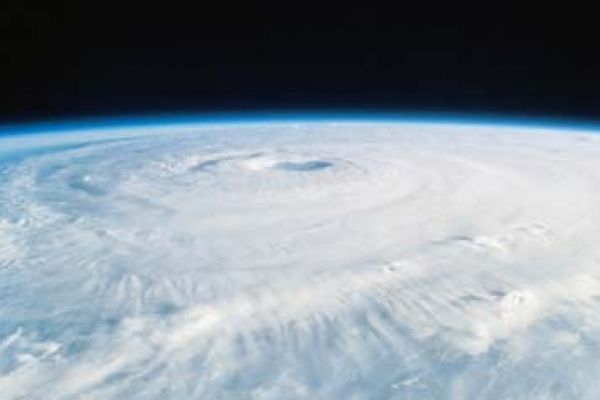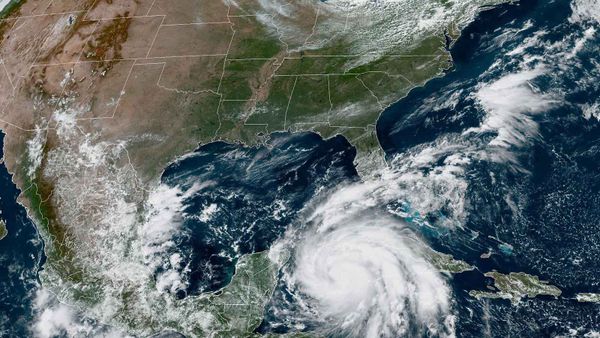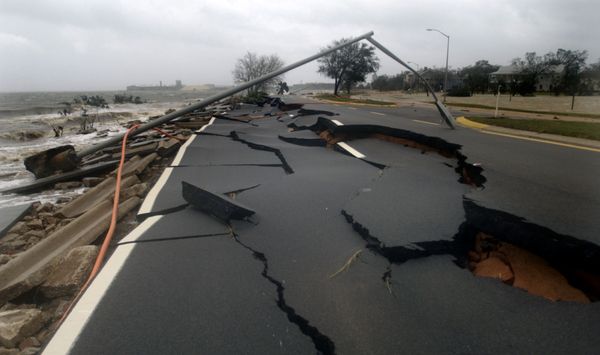While the Saffir-Simpson scale is invaluable, it doesn't capture the full essence of a hurricane's might. For instance, a Category 5 hurricane is 500 times more potent than a Category 1. In terms of property damage, a Category 2 can cause seven times the damage of a Category 1, while a Category 5 can wreak 144 times the destruction.
Category 1
These hurricanes entail sustained winds of 74 to 95 miles (119 to 153 kilometers) per hour. These dangerous winds can damage roofs, snap tree branches and uproot some trees. Expect power outages. The storm surge can rise between 4 to 5 feet (1.2 to 1.5 meters).
Category 2
These storms boast sustained winds of 96 to 110 miles (154 to 177 kilometers) per hour. These very dangerous winds can cause extensive damage, including power outages, blocked roads, and major roof and siding damage to well-constructed frame homes. Storm surges can reach up to 8 feet (2.4 meters).
Category 3
With sustained winds of 111 to 129 miles (178 to 208 kilometers) per hour, these major hurricanes can cause severe damage. Post-storm, areas might lack electricity and water for weeks. Storm surges can vary between 9 and 12 feet (2.7 and 3.6 meters).
Category 4
These hurricanes, with winds of 130 to 156 miles (209 to 251 kilometers) per hour, can cause devastating damage. Most trees will be uprooted or snapped, power lines will be downed and areas might be uninhabitable for weeks or even months. Storm surges range between 13 and 18 feet (3.9 and 5.4 meters).
Category 5
These are the most intense hurricanes, with sustained wind speeds exceeding 157 miles (252 kilometers) per hour. Expect catastrophic damage: total roof failures, wall collapses and neighborhoods isolated due to fallen trees and power lines. Storm surges can surpass 18 feet (5.4 meters).



